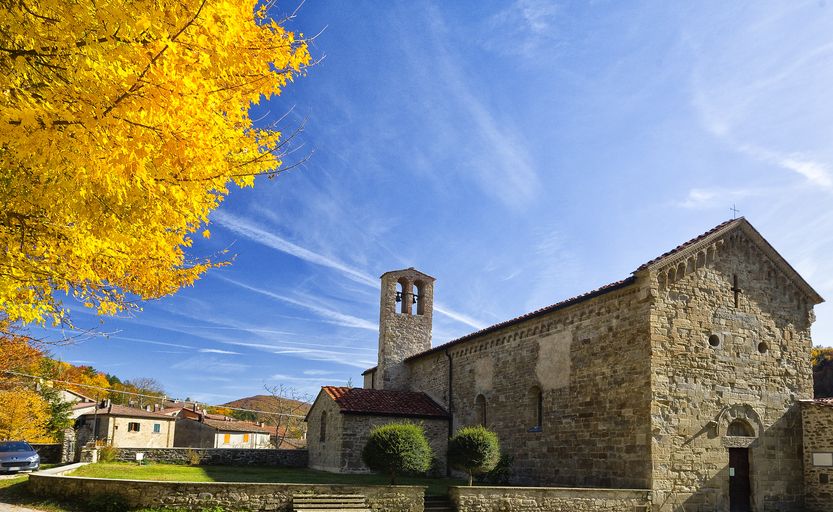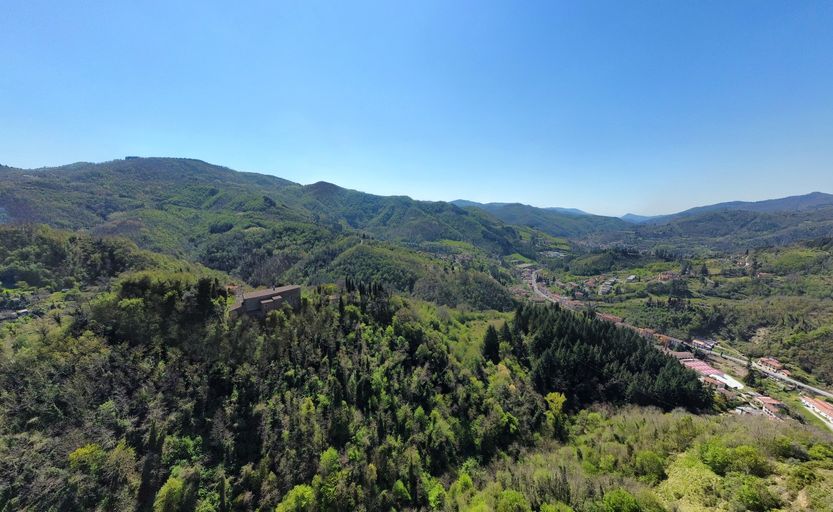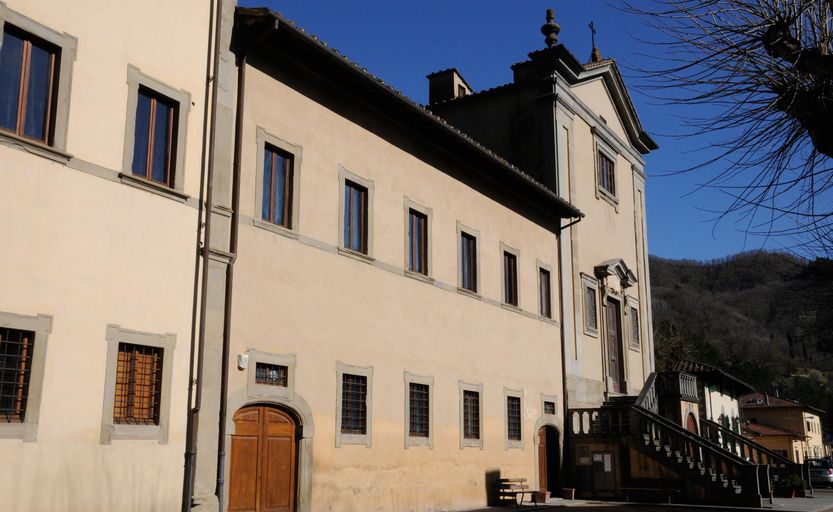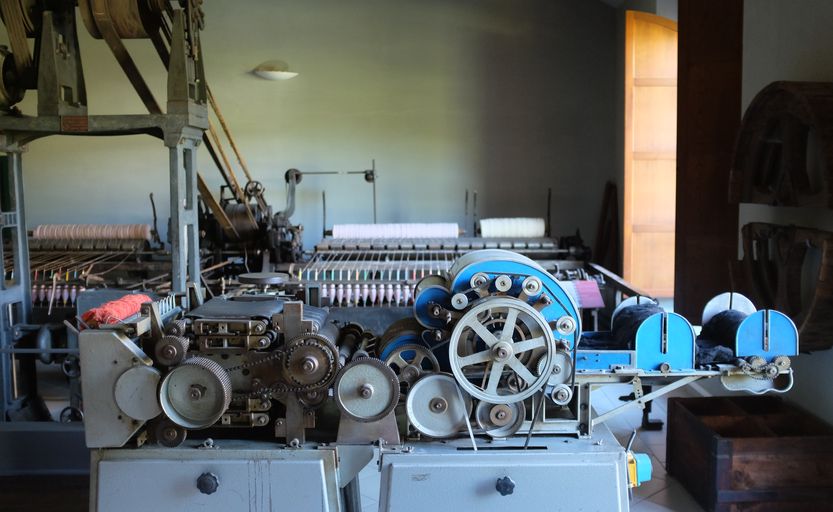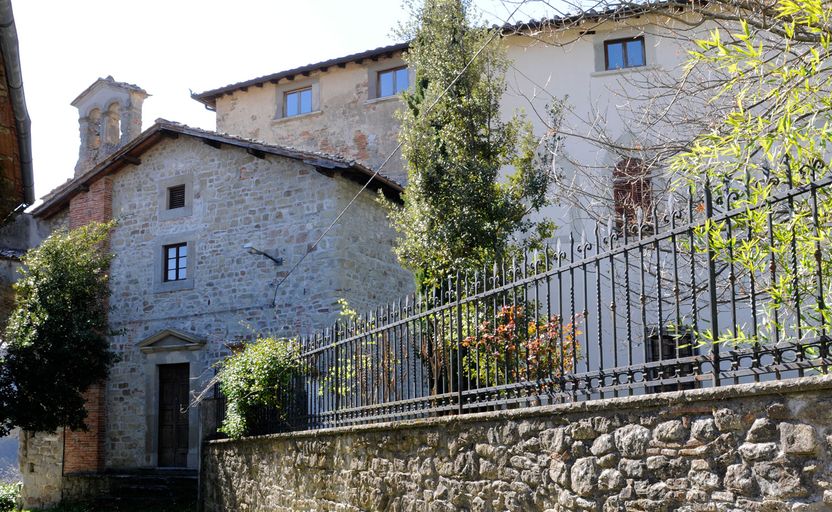
Vernio
The municipality of Vernio, immersed in a mountainous landscape, rich in water and surrounded by lush vegetation, is the ideal refuge for those seeking tranquility and authentic contact with nature. This little paradise, inhabited in 2023 by 6,106 people, boasts hamlets that tell stories and exude a unique charm: San Quirico, Mercatale, Montepiano, Sant'Ippolito, Cavarzano, Sasseta, Terrigoli-Le Confina.
San Quirico di Vernio, the vital hub of the municipality, welcomes the Town Hall, housed in a fascinating historic building known as the Casone de' Bardi. Next to it stands a Gallery and a splendid Oratory dedicated to San Niccolò. Between San Quirico and Sasseta, the Fortress of Vernio stands majestically, the ancient home of the Cadolingi, Alberti and Bardi families, a living testimony to Vernio's feudal past. Continuing north, in the hamlet of Montepiano, stands the extraordinary Abbey of Santa Maria, an authentic treasure chest of faith and art without equal.
Despite its mountain roots, Vernio's economy has experienced notable changes over the years. A crucial moment was between 1924 and 1934, with the construction of the Great Apennine Tunnel along the direct Florence-Prato-Bologna motorway. This project offered work to the valley, putting an end to the seasonal migrations to Maremma and Corsica, which the inhabitants were previously forced to do to support their families.
In the 1950s, large farms disappeared, the figure of the farmer underwent significant changes and large textile factories closed, leaving room for small production units. It is from one of these abandoned factories, the former Meucci mill, that the Textile Machinery Museum (MUMAT) came to life, an unmissable experience to discover the history and culture of this fascinating mountain community.

